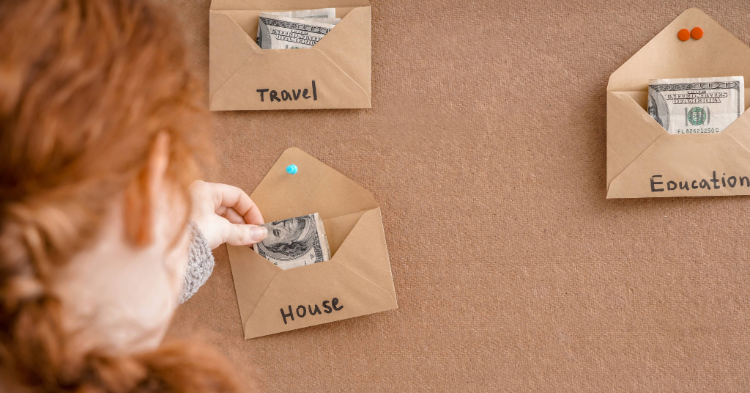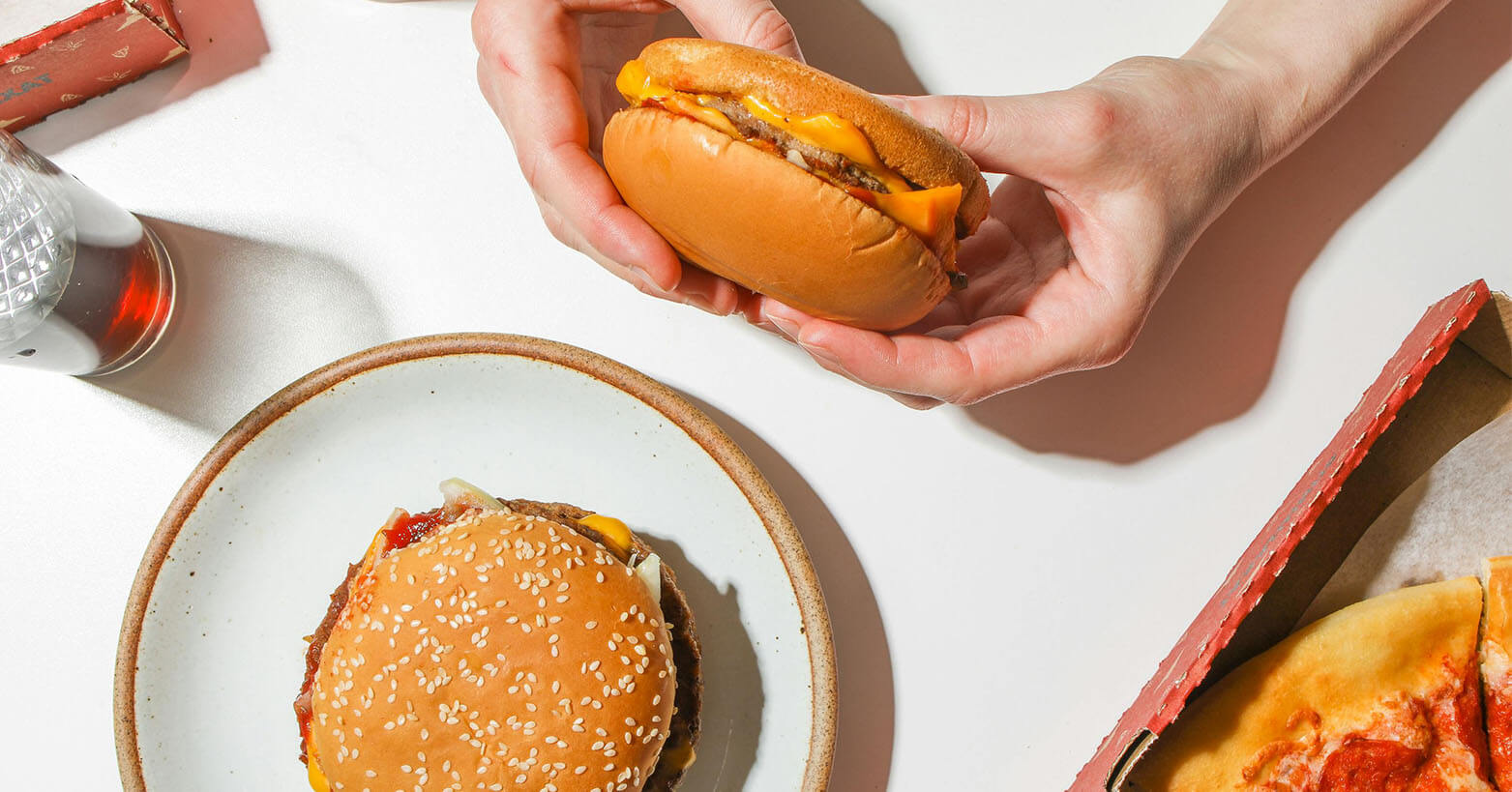Budgeting can feel overwhelming, especially if you’re trying to manage debt, cover monthly expenses and save money at the same time. One method that has helped people for decades is envelope budgeting — also known as cash stuffing. This hands-on approach makes spending more visible and helps you stay on track with your financial goals.
Let’s go over what the envelope budgeting method is, how to set it up, its pros and cons, and what other budgeting methods you might consider.
What is the envelope budgeting method?
The envelope budgeting system is a simple yet powerful way to take control of your money. Instead of relying only on debit or credit cards, you set aside physical cash in envelopes that represent different budget categories. These categories can include groceries, dining out, transportation or entertainment. Each envelope holds a set amount of money based on your monthly income and expenses.
When it’s time to spend, you use only what’s in the envelope for that category. Once the money is gone from the envelope, you pause spending until the next month. This creates a natural limit that makes overspending harder and helps you see exactly where your money is going.
Because the method is so hands-on, it often changes how you view spending habits. Many people find it easier to save money, stick to their financial goals and reduce variable expenses when they’re working with physical envelopes. Unlike zero-based budgeting or digital budgeting apps, this method makes spending tangible by connecting every purchase to physical cash in a specific category.
How to start using the envelope budgeting method.
Here’s how to set up envelope budgeting in five easy steps:
1. Review your monthly income and expenses.
Begin by writing down your monthly income and comparing it against your expenses. Separate your fixed expenses, such as rent, utilities or insurance, from variable expenses like groceries, gas or dining out. This step helps you see where your money is going and how much is left for spending categories. Having a clear overview makes it easier to assign realistic amounts to your envelopes.
2. Create budget categories.
Next, decide which categories are most important for your lifestyle. Common ones include groceries, transportation, entertainment, dining out and savings goals. You don’t need to cover every possible expense. Start with categories where you tend to overspend or where you want tighter control. Keeping your list simple ensures the system feels manageable and not overwhelming.
3. Decide how much money goes in each envelope.
Look at your expenses and decide how much money to put into each envelope. For instance, if you normally spend $500 on groceries each month, set aside that amount for your groceries envelope. Be realistic about your spending habits so you don’t run out too early. If possible, leave some flexibility for unexpected costs or a small cushion for savings.
4. Withdraw physical cash.
After you’ve set your amounts, withdraw the total cash you’ll need for all your envelopes. Divide the money into physical envelopes and label each one with its category, such as “groceries” or “gas.” Having physical cash makes spending more tangible, which can help you think twice before making a purchase. Some people find that this step alone is enough to curb overspending.
5. Spend only from the envelopes.
Throughout the month, use cash only from the envelope tied to that category. If your dining out envelope runs out before the end of the month, you’ll know it’s time to cut back or cook at home instead. This rule makes overspending harder because you can’t swipe a card or move money around as easily. By sticking to the envelopes, you build stronger spending habits and gain more control over your budget.
What are the pros and cons of envelope budgeting?
Like any budgeting method, envelope budgeting has both advantages and challenges. Understanding both sides can help you decide if this system fits your financial situation.
Pros
Set clear limits.
Once an envelope is empty, you stop spending in that category. This creates a natural boundary that makes overspending harder and keeps variable expenses under control. Having a clear visual cue can also make it easier to stick to your savings goals.
Hands-on approach.
Physically handling cash can change the way you think about money. Each purchase feels more tangible compared to swiping a debit card or credit card. That extra awareness often helps people slow down and be more intentional about their spending habits.
Better spending awareness.
Envelopes show you exactly how much you have left in each budget category at any moment. Instead of guessing or checking bank statements later, you see your spending in real time. This level of awareness can make it easier to plan for an emergency fund or adjust your budget when life changes.
Helps control discretionary spending.
Categories like dining out, entertainment or shopping can be easier to manage when you set aside cash in advance. If you run out early, you’ll know it’s time to cut back until next month. Over time, this can free up more money for savings accounts or financial goals.
Cons
Less convenient.
Carrying cash envelopes can feel outdated when most people rely on debit cards, credit cards or budgeting apps. It may also be less practical if you prefer the convenience of mobile payments or need to track expenses digitally.
Not as secure.
Physical cash is easier to lose or steal compared to money kept in a checking account. Unlike FDIC-insured deposits, cash envelopes don’t have a safety net if something happens to them. This risk makes the method harder to manage if you’re keeping large amounts of cash at home.
Harder for online purchases.
Since many bills and subscriptions are paid online, you’ll still need to use a bank account or card for certain expenses. This can create extra steps and make envelope budgeting feel less seamless in a digital world.
Limited flexibility.
If you underestimate how much you’ll spend in a specific category, you may run out of cash too soon. While you could move money between envelopes, doing so weakens the system’s effectiveness. For some people, this rigidity can make the method harder to stick with long-term.
What other budgeting methods can I try?
Envelope budgeting isn’t for everyone. If you prefer digital tools or rarely use cash, there are other budgeting methods that can help you manage your money and reach your financial goals.
Zero-based budgeting.
With the zero-based budgeting method, every dollar of your monthly income is assigned a job, whether it’s covering fixed expenses, paying down debt or going toward savings goals. At the end of the month, your budget balances out to zero. This approach is great for people who want full control and a clear plan for building an emergency fund or savings account.
50/30/20 rule.
This popular method divides your monthly income into three broad spending categories — 50% for needs, 30% for wants and 20% for savings or debt repayment. It’s simpler than zero-based budgeting but still gives you structure. Many people like this system because it leaves room for flexibility while still encouraging progress toward long-term financial goals.
Budgeting apps.
If you prefer to manage money digitally, budgeting apps let you create virtual “envelopes” or spending categories. You can link them to your checking account, track debit and credit card transactions and get real-time updates on your spending habits. Apps are especially helpful if you want the discipline of envelope budgeting without carrying around physical cash.
Final Thoughts
Envelope budgeting is a simple, hands-on method that can help you manage spending and reach your financial goals. While it may not fit every lifestyle, especially if you rely on debit or credit cards, it can be a powerful tool for building awareness and control.
If you try envelope budgeting and find it doesn’t work for you, don’t worry. There are plenty of other budgeting methods that can help you save money, build an emergency fund and improve your financial situation. The key is finding the system that makes you feel confident and in control. Once you do, you’ll be better prepared to manage expenses, grow savings and work toward your long-term goals.
DISCLAIMER: This content is for informational purposes only and should not be considered financial, investment, tax or legal advice.






